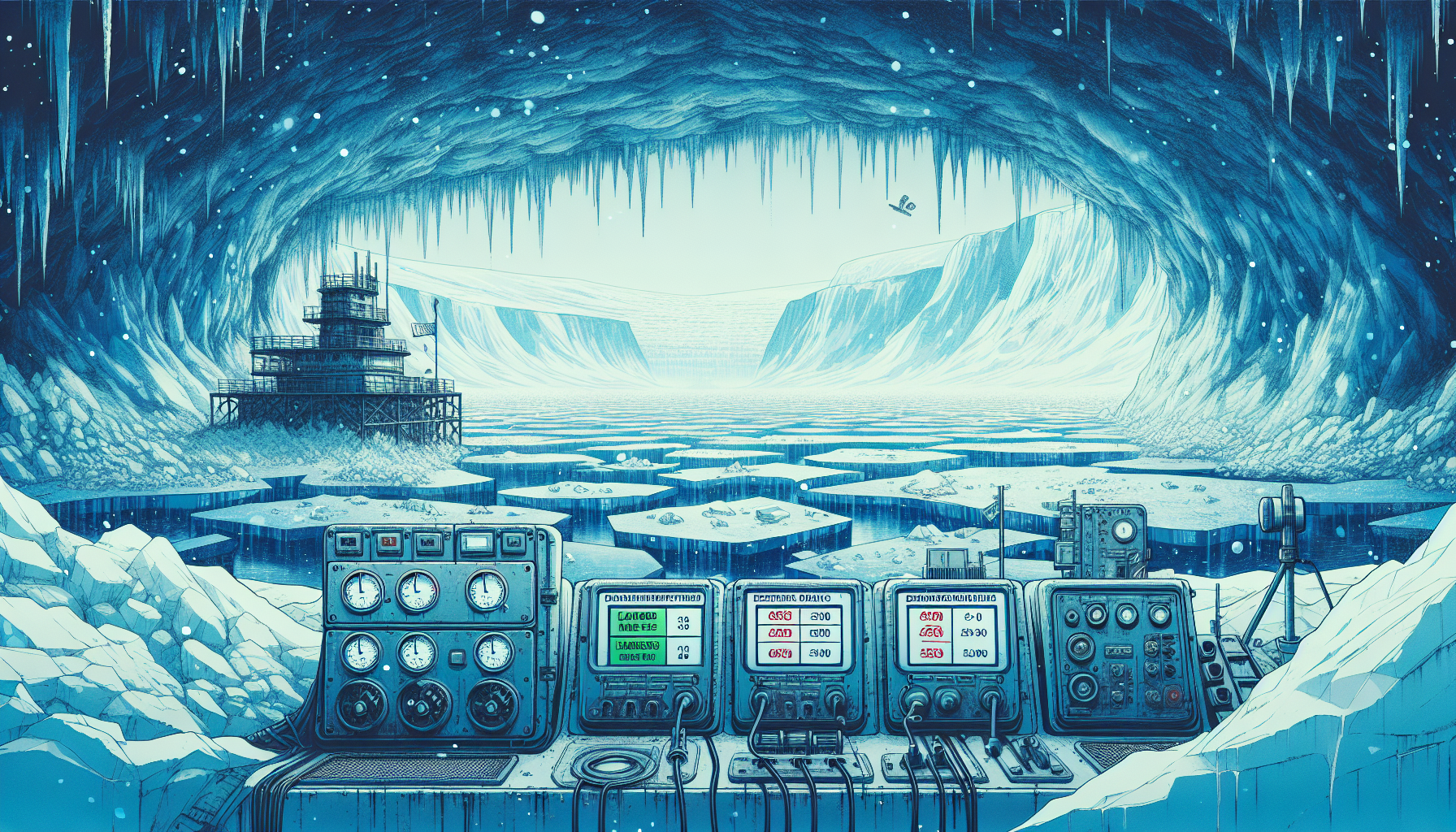Abandoned Military Base Beneath Greenland Ice Raises Environmental Concerns
The recent aerial imagery captured by NASA has unearthed significant insights into Camp Century, a decommissioned U.S. Army base nestled deep beneath the Greenland ice. Established during the Cold War in 1959, this facility was intended as a military outpost and scientific research station. However, the camp's legacy is now overshadowed by environmental concerns that could have dire consequences as climate change continues to accelerate.
Camp Century: A Cold War Secret
Camp Century was constructed as part of Project Iceworm, which aimed to deploy nuclear missiles across Greenland. The underground installation included advanced facilities such as a theater, gym, and even a nuclear reactor used for powering operations. By 1967, however, the facility was abandoned and buried under accumulated ice. Since then, its exact state was largely unknown, with only limited ground-penetrating radar surveys offering glimpses into its existence.
The groundbreaking observations by NASA's Uninhabited Aerial Vehicle Synthetic Aperture Radar (UAVSAR) have now revealed the complex's location and condition, resonating alarmingly with the potential of environmental contamination. Dr. Alex Gardner, a NASA researcher involved in the project, noted that the surprising discovery of Camp Century was unforeseen during their ice sheet survey.
Significant Implications of Climate Change
The implications of Camp Century's findings are significant. Underneath the facility lies an estimated 53,000 gallons of diesel fuel, over 6.3 million gallons of wastewater—including sewage—and an unknown quantity of hazardous waste, including low-level radioactive material. As the climate warms, these contaminants risk being released into the surrounding ice and potentially affecting global water systems.
NASA's predictions indicate that by 2090, surface melting around Camp Century could eventually destabilize the ice above. As this occurs, it is plausible that the toxic substances stored underground could leach into the ice, creating far-reaching ecological consequences.
An Environmental Legacy
The environmental legacy of Camp Century is a stark reminder of Cold War-era military priorities overshadowed by the current environmental crisis. While its original purpose revolved around military strategy and scientific exploration, the long-term impacts—especially with regard to nuclear and chemical waste—have not received adequate attention. Understanding and addressing the waste's potential leakage is crucial for environmental safety.
Researchers have emphasized that without further data and mapping, it remains challenging to predict the precise behavior of the ice sheets or the extent and timing of any potential contamination. The importance of comprehensive studies cannot be overstated as we grapple with the reality of climate change.
Next Steps for Research and Monitoring
The discovery of Camp Century's remains offers an opportunity for renewed interest in both U.S. history and environmental science. The NASA team involved in the UAVSAR project plans to pursue further investigations, hoping to gather more data that could inform future environmental monitoring and climate models.
As climate change continues to pose a threat to ice structures worldwide, monitoring installations like Camp Century becomes essential. Without a detailed understanding of these risks, projecting sea-level rise and its consequences remains inherently uncertain.
In conclusion, while Camp Century has been hidden away for decades, its unearthing brings new challenges and responsibilities. Addressing the hazardous materials trapped under the ice is paramount to safeguarding both the environment and future generations. The interplay of military history and climate science highlights the intricate web of lessons we must learn as we face an uncertain ecological future.

답글 남기기